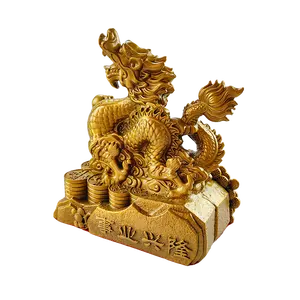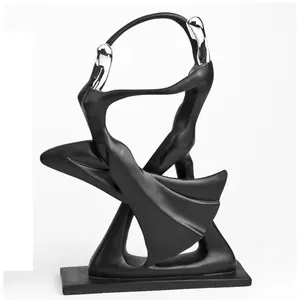Exploring the Art of Movement: Dancing Statues
Dancing statues capture the dynamic beauty of movement in a form that stands still. These sculptures, ranging from the degas little dancer sculpture to the shiva lord of dance, offer a glimpse into the diverse interpretations of dance in art. The category encompasses a variety of materials and styles, reflecting different cultural backgrounds and artistic periods.
The Diversity of Dance in Sculpture
The dancer statue is not a mere decorative piece; it is a celebration of cultural heritage and the human form. The ballet dancer statue, for instance, epitomizes grace and poise, often depicted in mid-pirouette. In contrast, the shiva nataraja statue represents a cosmic dance that symbolizes the cycle of creation and destruction. Each sculpture tells a story, capturing the essence of a moment in dance.
Materials and Craftsmanship
Crafted from materials such as bronze, resin, and marble, these statues range from the intricate degas ballet dancer sculpture to the majestic bronze nataraja statue. The choice of material greatly influences the texture, weight, and durability of the statue, as well as the intricacy of details that can be achieved.
Design and Aesthetics
The design of a dancer figurines can vary from abstract interpretations to lifelike representations. The degas dancer sculpture often features young dancers in relaxed poses, while the nataraja statue brass showcases a deity in a cosmic dance, encircled by flames. The aesthetics of these sculptures are intended to resonate with the viewer, evoking emotions and admiration for the art of dance.
Cultural Significance and Decorative Appeal
A dancer sculpture is not only an art piece but also a cultural emblem. The lord shiva nataraja statue, for example, is deeply rooted in Hindu mythology and is a significant symbol in Indian culture. On the other hand, the the little dancer sculpture by Degas brings a touch of the Parisian ballet to the surroundings. These statues serve as a bridge between art and the observer, enhancing the environment with a sense of history and elegance.
Conclusion
In conclusion, dancing statues are a testament to the timeless allure of dance and its ability to be immortalized in art. From the poised sculpture ballet dancer to the divine shiva lord of dance, these pieces offer a static representation of rhythm and movement that enriches spaces and captivates the imagination.





































 浙公网安备 33010002000092号
浙公网安备 33010002000092号 浙B2-20120091-4
浙B2-20120091-4